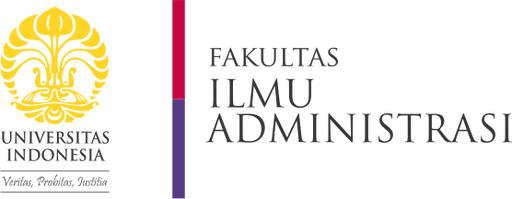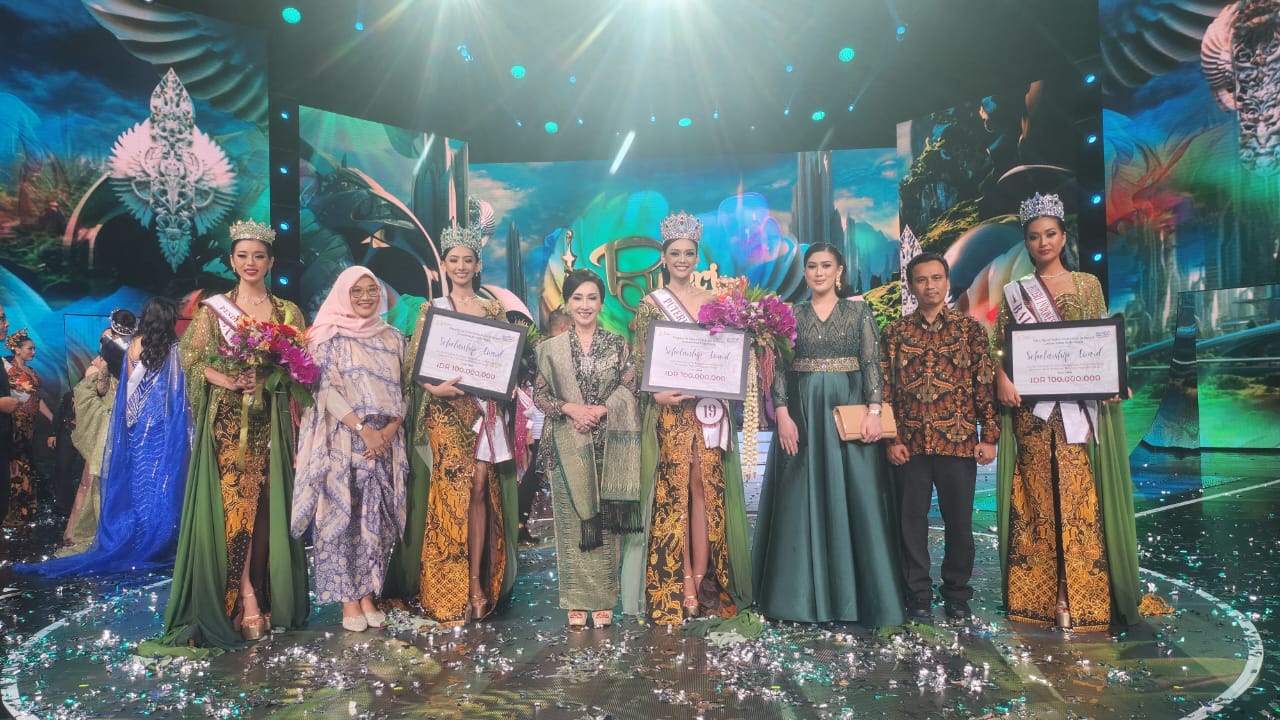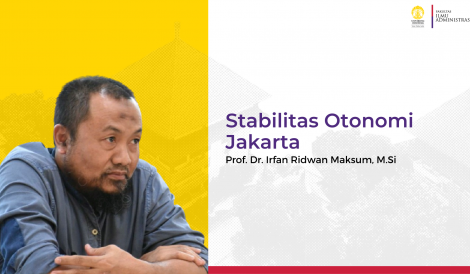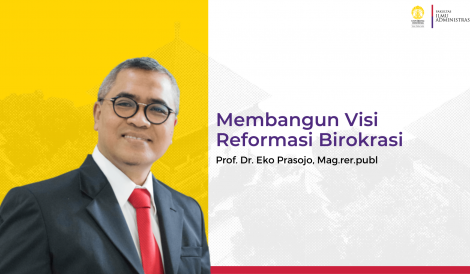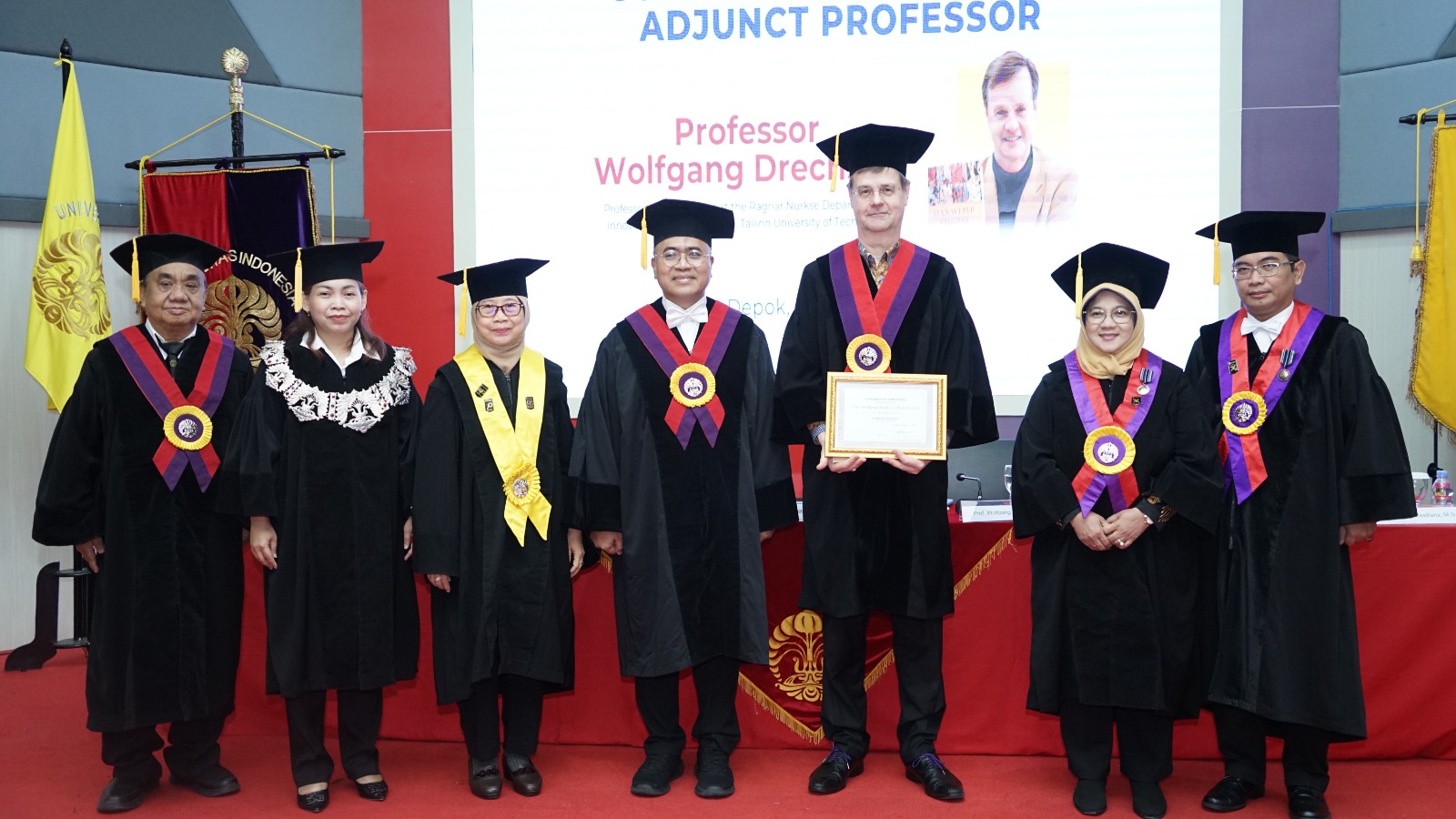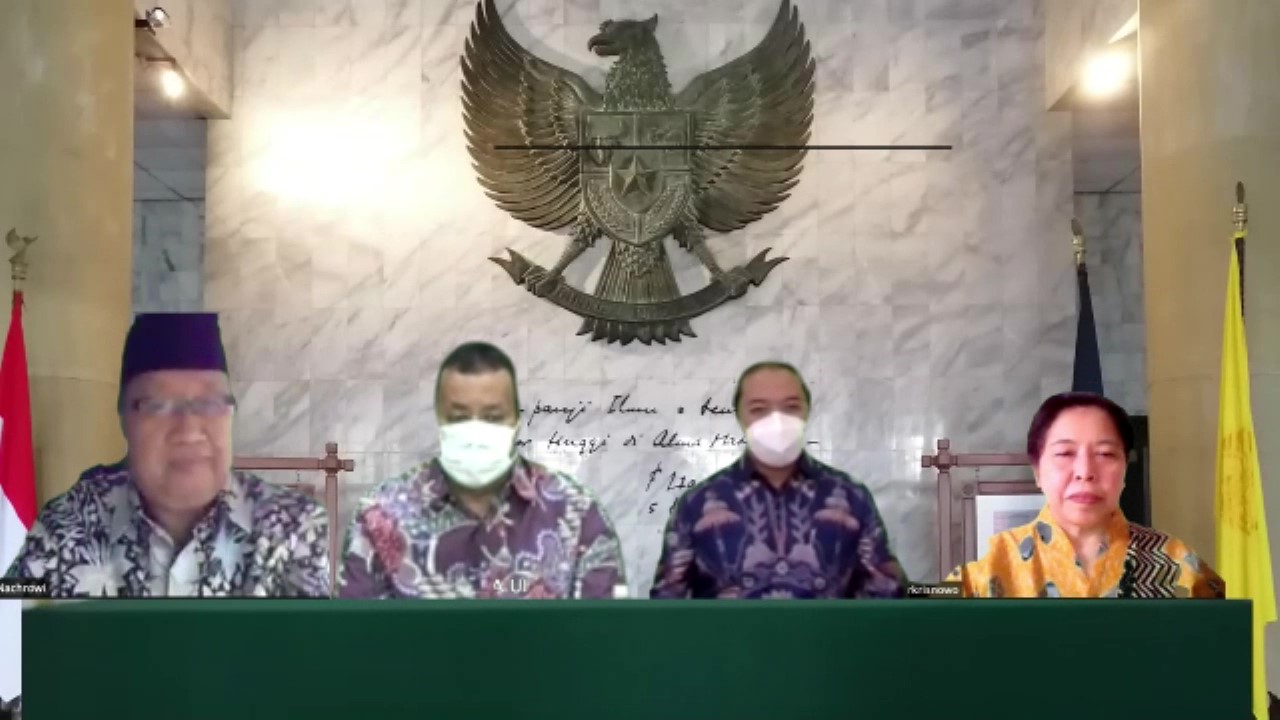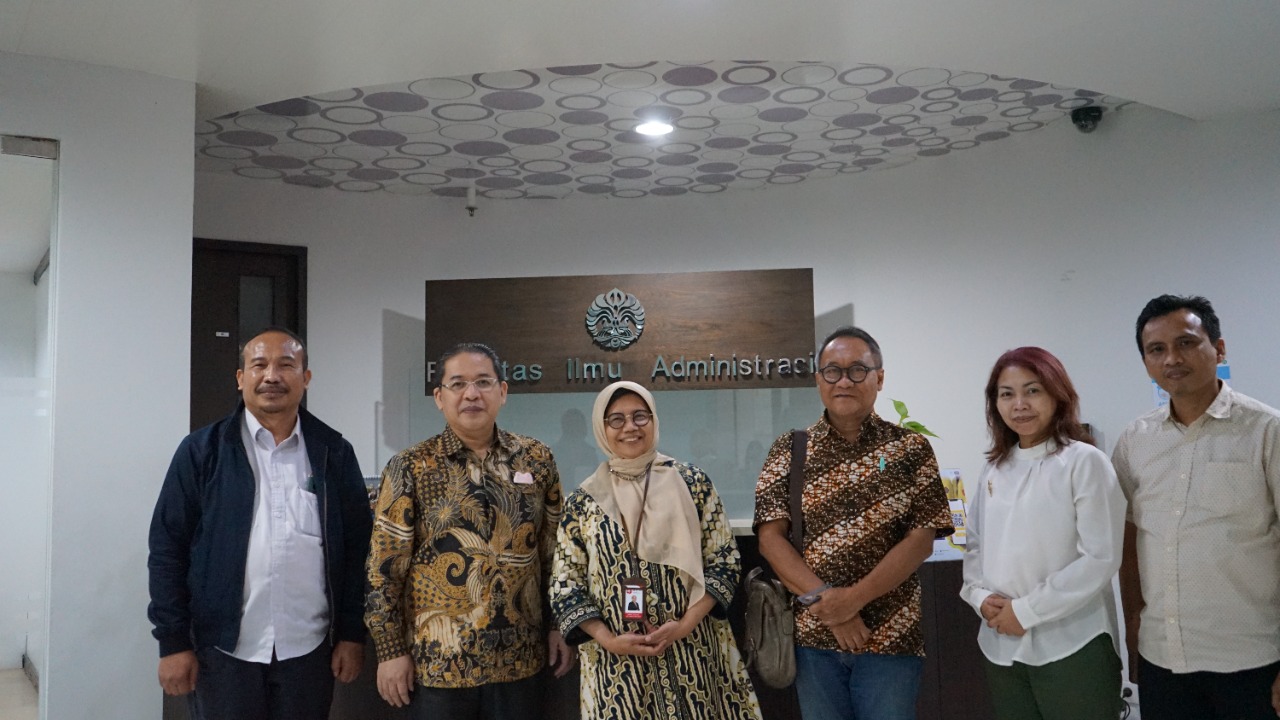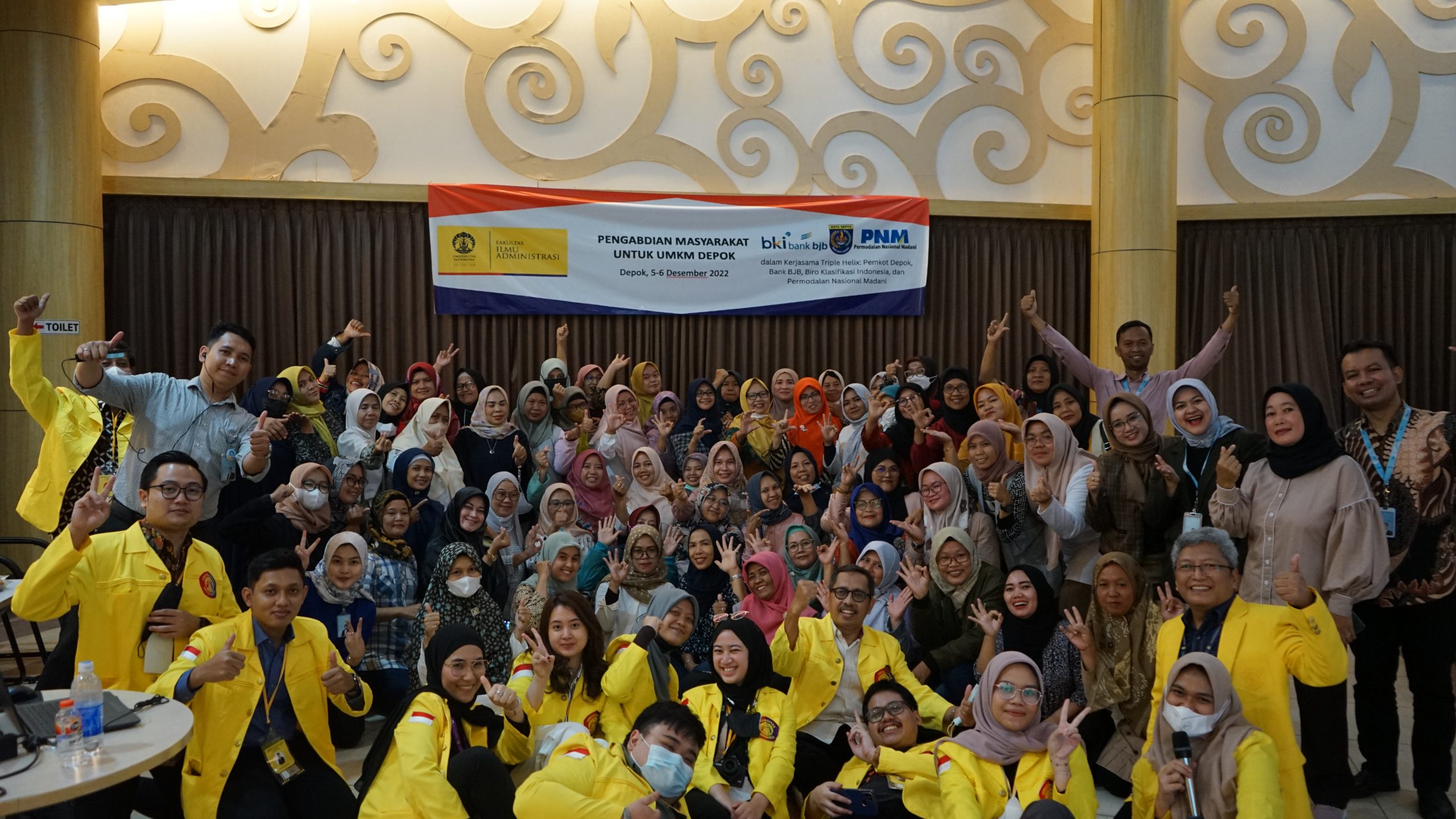A new approach to eradicating corruption requires the government’s continued support for strengthening anti-corruption institutions.
Corruption evolves according to the level of income and the quality of a country’s democracy (Ali, 2015; Graycar & Monaghan, 2015).
In poor and less democratic countries, corruption takes the form of extortion, smuggling and hoarding of vital commodities in an unstable political environment. Most corruption occurs in plain view and is dominated by cash. Conventional corruption is rampant in various sectors due to distrust of public institutions. Meanwhile, in prosperous and democratic countries, corruption manifests as legalized conflicts of interest, corporate finance scandals, and business collusion with the bureaucracy. Modern corruption involves large values, subtle on the surface, and complex concealment of assets. As long as it does not interfere with the rule of law, this structured corruption can be tolerated: the public believes corruption exists but believes the law will be upheld.
If conventional corruption is two opposite axes, state corruption develops as a transition between the two. This transitional corruption usually takes the form of escaping the country’s strategic wealth to a few parties. Hiding real income in the natural resource sector, tax evasion, and liquidating state assets through privatization are standard practices. Grassroots bribes evolved into bribes to higher-level public officials, significantly smoothing essential decisions. The embryo of a private affair with the government arises when a political network with a critical margin of power establishes a relationship with private interests whose boundaries need to be adequately defined. Conflicts of interest have begun to be protected with unbalanced policy products.
Conventional corruption in developing countries is still rampant, but its practice at the elite level is challenging to detect. On the other hand, modern corruption began to emerge with the strengthening of political and economic oligarchy.
What is the Face of Corruption in Indonesia?
According to the World Bank, with a GDP, Indonesia is a middle-income country per capita of USD 4,291.8, Indonesia and based on the following indications, corruption in Indonesia tends to be transitional.
First, based on data from the Central Statistics Agency (BPS), the Anti-Corruption Perception Index (IPAK) score trend—an index to measure tolerance for small-scale corruption—is increasing in Indonesia. Indonesia’s IPAK score as of August 2022 was 3.93 out of 5, up from 3.88 in the previous year. That is, the level of perception and experience of anti-corruption towards visible corruption is improving the development of integrity zones within the framework of bureaucratic reform in various government agencies. It is also thought to have contributed to the reduction in the practice of corruption at the grassroots level.
Second, bribery has escalated to a higher level of bureaucracy. Cases of bribes to the director general at the Ministry of Trade to issue CPO export permits, cases of bribes against members of the DPR, or cases of bribes against the chancellor some time ago are examples. Third, modern forms of corruption are starting to bloom. The Jiwasraya and Asabri corruption cases and several banking corruption cases involving state-owned banks prove that the mode of financial scandals has also occurred. Concealment of complex assets, as in the case of e-KTP, is also the next empirical phenomenon.
Need a New Approach
With corruption evolving, a new eradication approach must be considered. First, as the vanguard in eradicating corruption, the Corruption Eradication Commission (KPK) still needs strengthening. Of the 1,194 cases handled by the KPK from 2004 to 2021, the majority (65%) are bribery cases, a conventional form of corruption. As a result, the accumulated experience of the KPK is almost dominated by handling bribery cases, so the KPK’s capacity needs to be increased.
Second, as a central point in transitional corruption, the natural resource sector has yet to become a priority for improvement. In Presidential Decree No. 5z4/2018, the government focuses on the licensing and trade administration sector, state finances, law enforcement, and bureaucratic reform. Given Indonesia’s considerable natural wealth potential, it is necessary to seriously mitigate the risk of corruption in this sector, including the possibility of business and bureaucratic clashes in the form of conflicts of interest covered by policies.
Third, the quality of democracy needs to be improved. In order to be directly proportional to the decline in corruption, economic growth must be accompanied by good democracy. The increase in Indonesia’s current GDP and investment realization can reflect a decrease in corruption. However, the component of Indonesian democracy in calculating the Bertelsmann Transform Index and the Varieties of Democracy Project corruption perception index has decreased. This is shared homework. Do not let the Sudanese experience happen here. Because political reforms did not accompany it, increased GDP and investment in Sudan fostered corruption. The endemic of petty corruption extends to larger burglaries, such as the reckless sale of state land in Darfur or the flight of state oil revenues into President Bashir’s account.
A new approach to eradicating corruption requires the government’s ongoing support for strengthening anti-corruption institutions. Apart from that, there is also a need to balance efforts between economic development and improving the quality of democracy.
Source: KORANSINDO 16 December 2022
